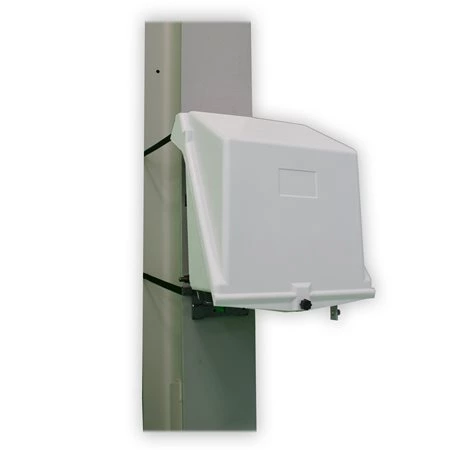Low Voltage Pole Mounted Circuit Breaker Setting
1. Significance
1. Avoid the normal current of the line, and disconnect the circuit breaker to protect the line or load when a fault current occurs
2. Realize selective coordination between upper and lower circuit breakers
2. Methods
1. Fixed action setting value circuit breaker: select circuit breakers with different rated currents
2. Adjustable action setting value circuit breaker: select a circuit breaker with a suitable rated current, and adjust the action current value and action time value on the circuit breaker release
3. Principles
1. Ensure reliable protection:
⑴Low voltage pole mounted circuit breaker overcurrent release rated current selection
The rated current IN.OR of the low-voltage circuit breaker overcurrent release is not less than the calculated current I30 of the line, that is, IN.OR ≥ I30.
⑵ Setting of the action current of the low-voltage circuit breaker overcurrent release
① Setting of the action current of the instantaneous overcurrent release. Among the objects protected by low-voltage circuit breakers, there are certain electrical equipment. During the startup process, these electrical equipment will generate high peak currents several times their rated currents in a short period of time, causing the low-voltage circuit breaker to withstand large peak currents in a short period of time. The operating current Iop o of the instantaneous overcurrent release must avoid the peak current Ipk of the line, that is, Iop o ≥ Krel·Ipk, where Krel is the reliability coefficient. When selecting a circuit breaker, care should be taken to ensure that the setting current of the instantaneous overcurrent release of the low-voltage circuit breaker avoids the peak current to avoid causing false operation of the low-voltage circuit breaker;
② Setting of the operating current and operating time of the short-time delay overcurrent release. The operating current Iop s of the short-time delay overcurrent release should also avoid the peak current Ipk of the line, that is, Iop s ≥ Krel·Ipk, where Krel is the reliability coefficient. The action time of the short-time overcurrent release is generally divided into three types: 0.2S, 0.4S and 0.6S. It is determined according to the protection selectivity of the front and rear protection devices. The action time of the previous level of protection should be one time difference longer than the action time of the next level of protection;
③ Setting of the action current and action time of the long-time overcurrent release. The long-time overcurrent release is mainly used to protect overloads, so its action current Iop l only needs to avoid the maximum load current of the line, that is, the calculated current I30, that is, Iop l ≥Krel.I30, where Krel is the reliability coefficient. The action time of the long-time overcurrent release should avoid the duration of the allowable short-time overload to avoid causing false operation of the low-voltage circuit breaker;
④ The coordination requirements of the action current of the overcurrent release and the protected line. In order to prevent the insulation cable from overheating, being damaged or even catching fire due to overload or short circuit in the line, and the low-voltage circuit breaker from tripping, the operating current Iop of the low-voltage circuit breaker overcurrent releaser should meet the requirements of the formula, Iop≤Kol.Ial, where Ial is the allowable current-carrying capacity of the insulation cable; Kol is the allowable short-time overload coefficient of the insulation cable, which is generally 4.5 for instantaneous and short-delay overcurrent releasers; for long-delay overcurrent releasers, 1.1 is taken for short-circuit protection and 1 is taken for overload protection only.

